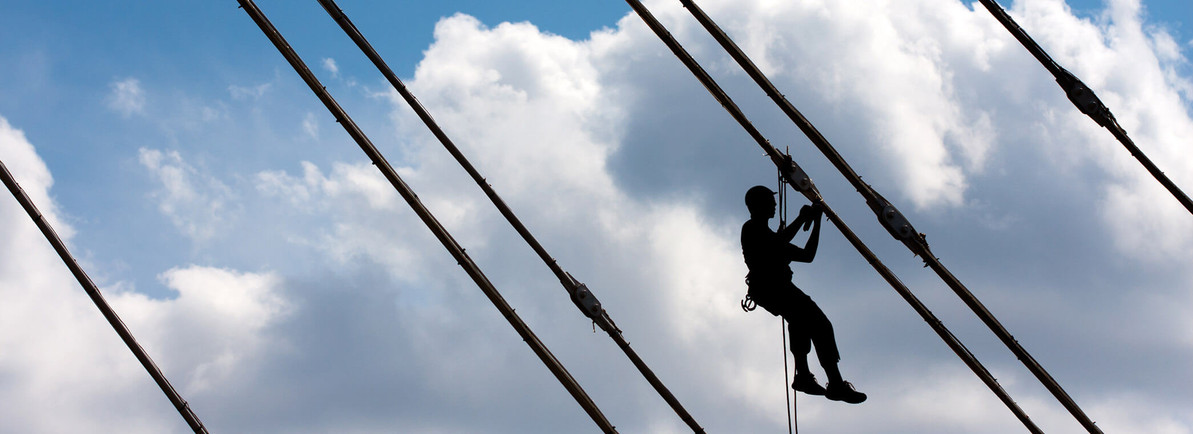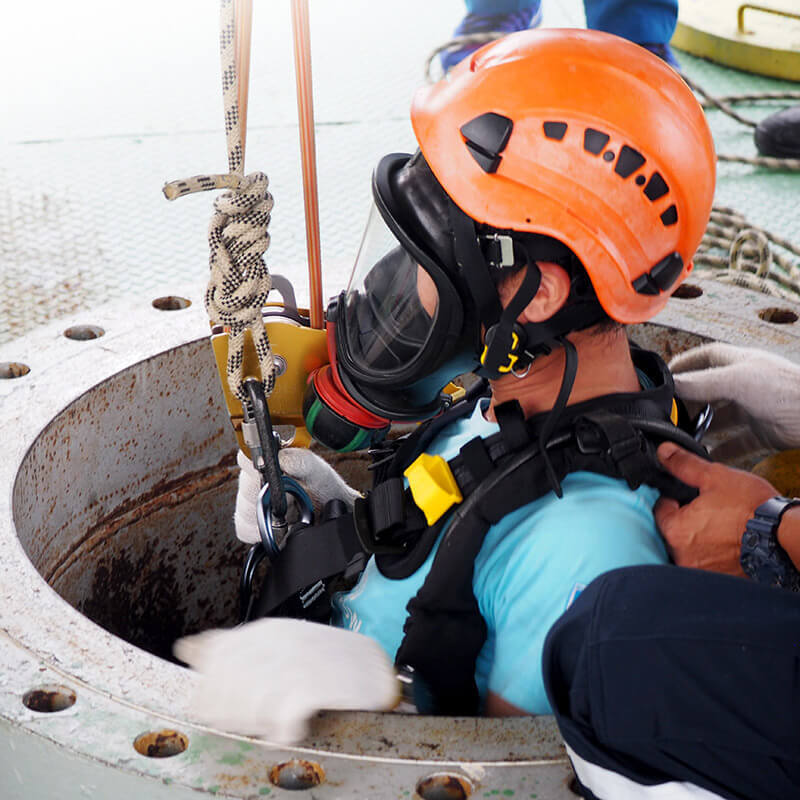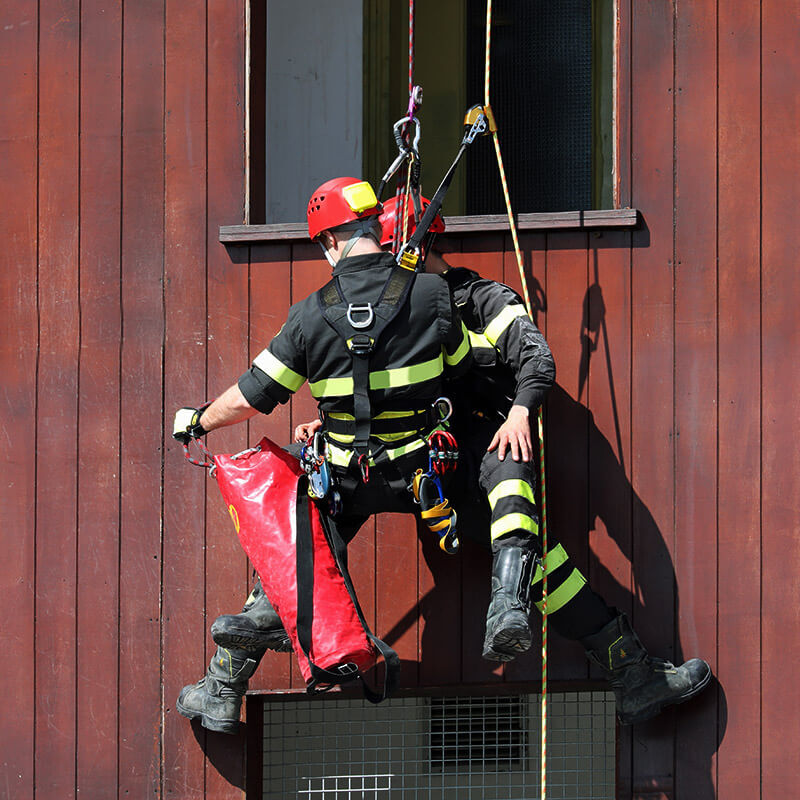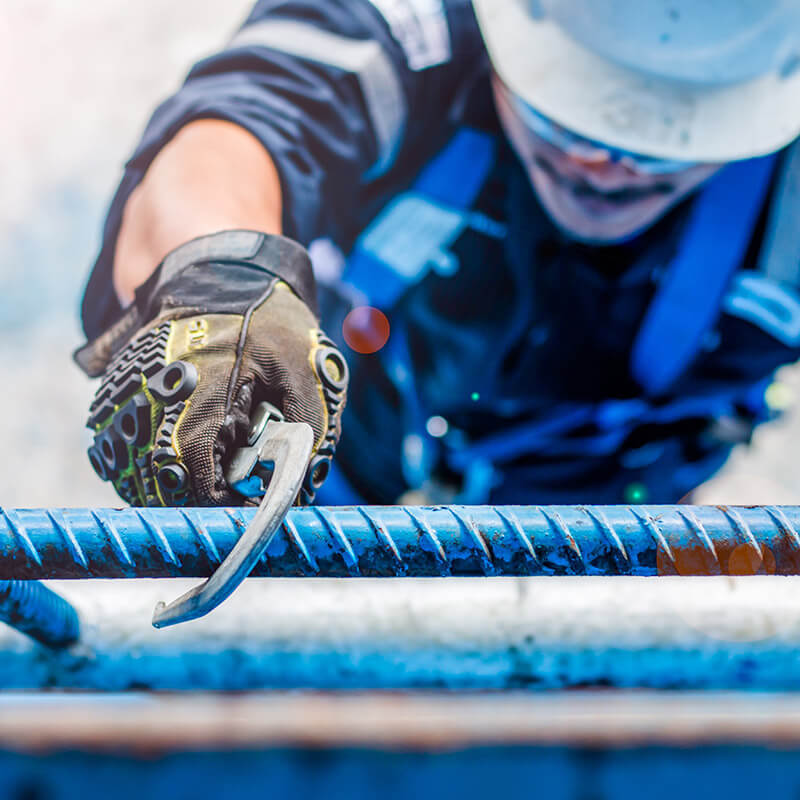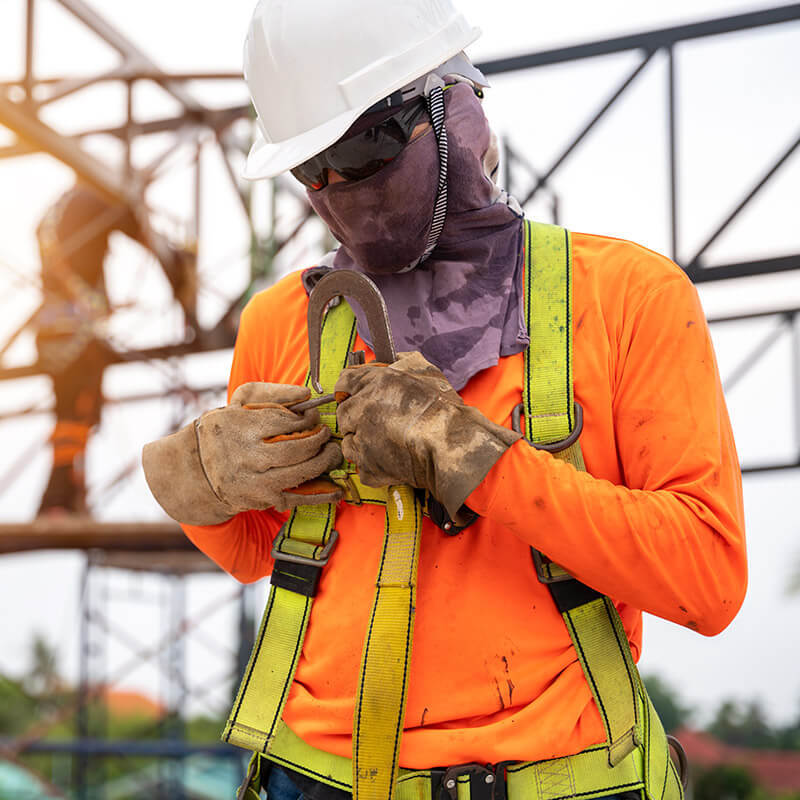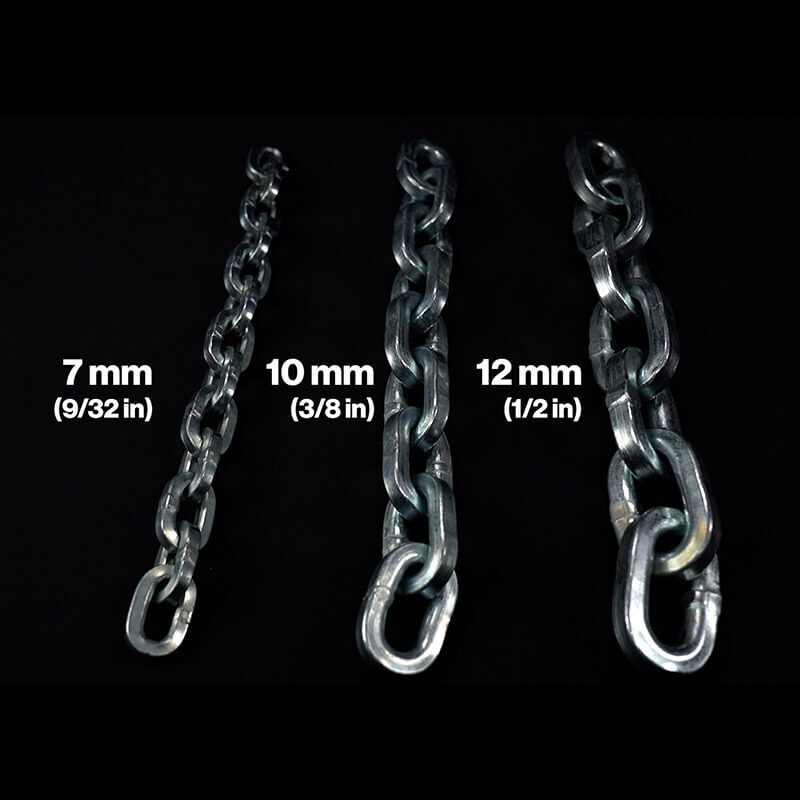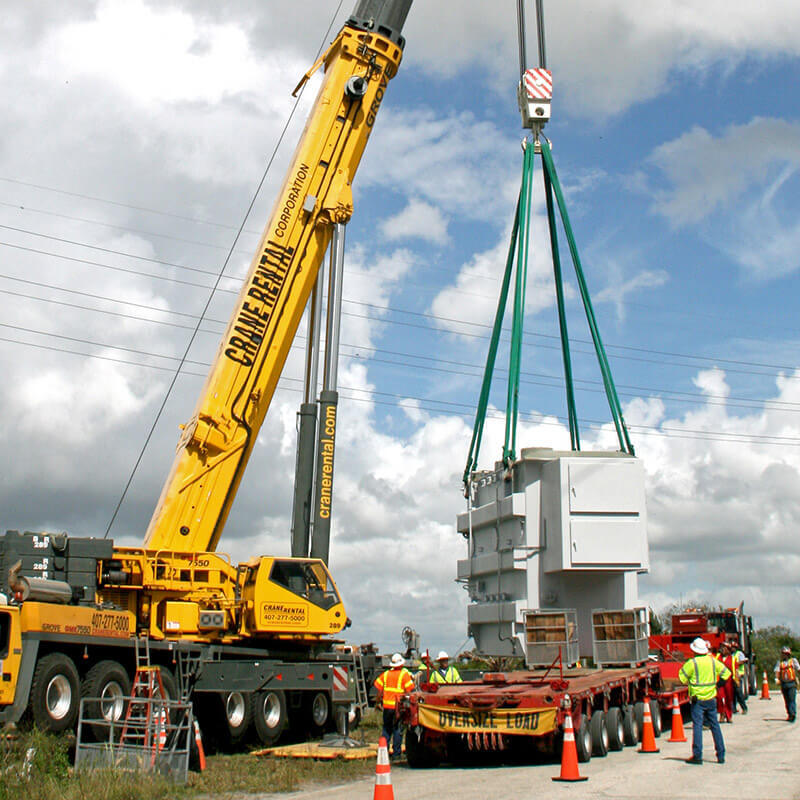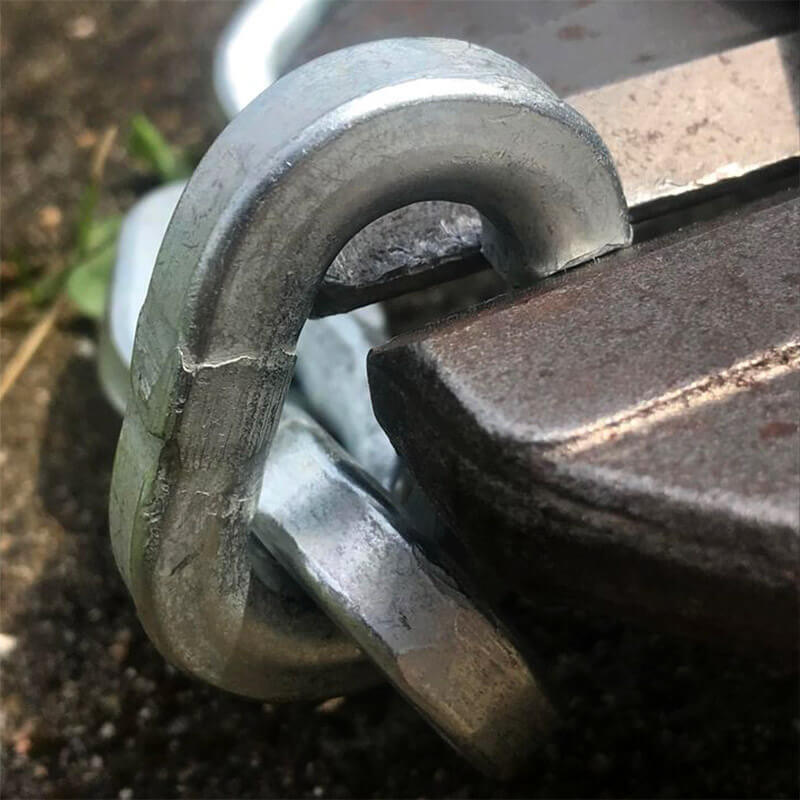How to Choose the Right Fall Protection Harness?
Choosing the right fall protection harness is essential for workplace safety in high-risk industries. Falls remain one of the leading causes of injury and death in construction, utilities, and other sectors involving work at height. Selecting the right harness not only ensures compliance but significantly reduces the risk of serious injury.
This guide will help you evaluate different harness types, understand essential features, and choose a model that matches your specific job requirements.
Types of Fall Protection Harnesses
Different applications call for different harness types:
- Full-body harnesses: Standard for fall arrest, providing support across shoulders, thighs, and torso
- Positioning harnesses: Allow hands-free work when used with a positioning lanyard
- Climbing harnesses: Include dorsal and sternal D-rings for vertical movement
- Retrieval (rescue) harnesses: Feature shoulder D-rings for confined space entry and emergency extraction
Essential Components
A quality harness includes:
- Straps and buckles: Secure the harness and distribute forces evenly
- D-rings: Attachment points for lanyards or SRLs; typically dorsal, but may include side, chest, or shoulder positions
- Padded leg straps and waist belt: Improve comfort for extended wear
- Tool loops or gear attachments: Carry essential equipment on the job
OSHA and ANSI Compliance
Fall protection harnesses must meet regulatory safety standards. Look for OSHA compliance under 29 CFR 1926.502 and 1910.140, and certification to ANSI Z359.11, which governs full-body harnesses. These designations confirm the harness has been tested for performance and reliability.
Choosing the Right Harness for the Job
Select a harness that matches your specific work environment:
- Construction and Heavy Industry: Full-body harnesses with extra padding and side D-rings for positioning
- Confined Space Entry: Lightweight harnesses with shoulder retrieval points
- Tower Climbing or Wind Energy: Harnesses with sternal D-rings and lumbar support
- Rescue Operations: Multi-point harnesses for vertical and horizontal support
Fit and Sizing
A proper fit ensures both safety and comfort. Follow the manufacturer’s sizing guide and adjust all straps to create a snug, secure fit. The harness should allow full range of motion without pinching or slack.
Material Quality and Weather Resistance
Choose harnesses with materials that hold up under tough conditions:
- Webbing: High-strength polyester or nylon resists abrasion, UV, and moisture
- Stitching: Reinforced stitching enhances durability and performance
- Hardware: Coated or stainless steel hardware resists corrosion
Comfort and Wearability
Comfortable harnesses improve compliance and productivity. Look for:
- Padded leg, waist, and shoulder areas
- Moisture-wicking, breathable materials
- Quick-connect or tongue buckle options for ease of use
Conclusion
Choosing the right fall protection harness is a critical safety decision. By evaluating application needs, fit, materials, comfort, and compliance, you can ensure both safety and efficiency on the job.
At Bishop Lifting, we stock a complete range of harnesses—from basic models to advanced tower climbing and rescue gear. Browse our selection at Lifting.com and get the right gear shipped to your door.
FAQ
What are the different types of fall protection harnesses?
Full-body, positioning, climbing, and rescue harnesses are designed for specific applications depending on the work environment.
How do I ensure proper fit?
Use the manufacturer’s sizing guide and adjust all straps for a snug but comfortable fit that allows free movement without slack.
What components should I look for?
Durable webbing, secure buckles, appropriate D-rings, and comfort features like padding are essential for performance and safety.
What standards should a harness meet?
Look for OSHA compliance and ANSI Z359.11 certification to ensure the harness meets industry safety requirements.
How should I evaluate material quality?
Choose materials with strong resistance to UV, moisture, and abrasion. Reinforced stitching and corrosion-resistant hardware are also important.
What comfort features matter most?
Padded support areas, breathable materials, and easy-to-use buckles improve daily wearability and worker compliance.
Why match the harness to the work environment?
A job-specific harness ensures the right features and attachment points for maximum safety and function in your work conditions.
How often should I inspect a harness?
Inspect your harness before every use and conduct thorough periodic inspections according to the manufacturer’s guidelines.
What Type of Rope Is Best for Climbing?
Dec 9th 2025
What Are the Two Types of Kernmantle Rope?
Nov 25th 2025
What Is a Kernmantle Rope Used For?
Nov 21st 2025
What Is a Fall Protection Harness?
Nov 14th 2025
What are the four components of a PFAS?
Nov 7th 2025
Is Palmer Safety OSHA Compliant?
Nov 3rd 2025
What’s the Hardest Chain to Cut?
Oct 20th 2025
What are the most common tools used in rigging?
Oct 13th 2025
What Is the Strongest Security Chain?
Oct 7th 2025

